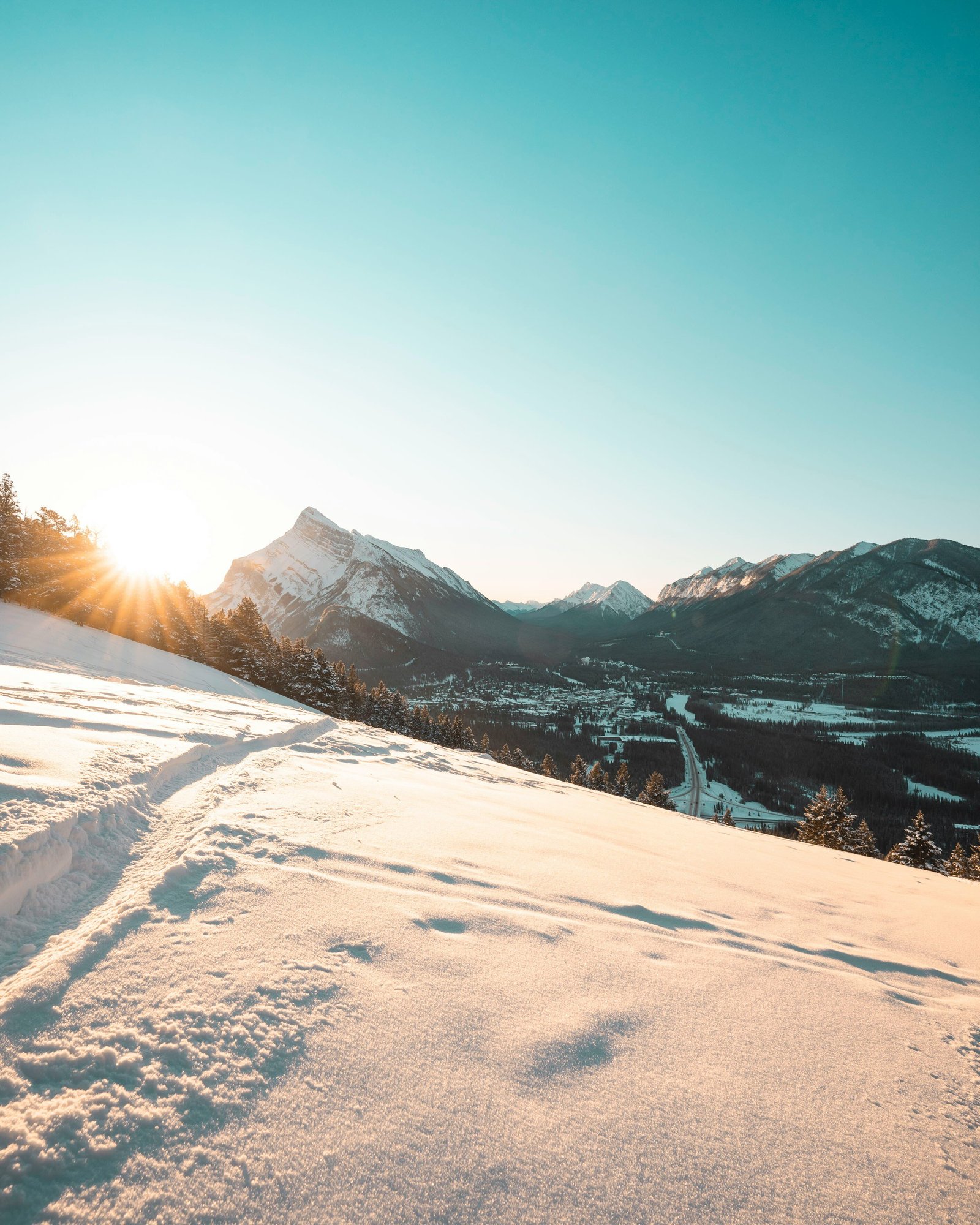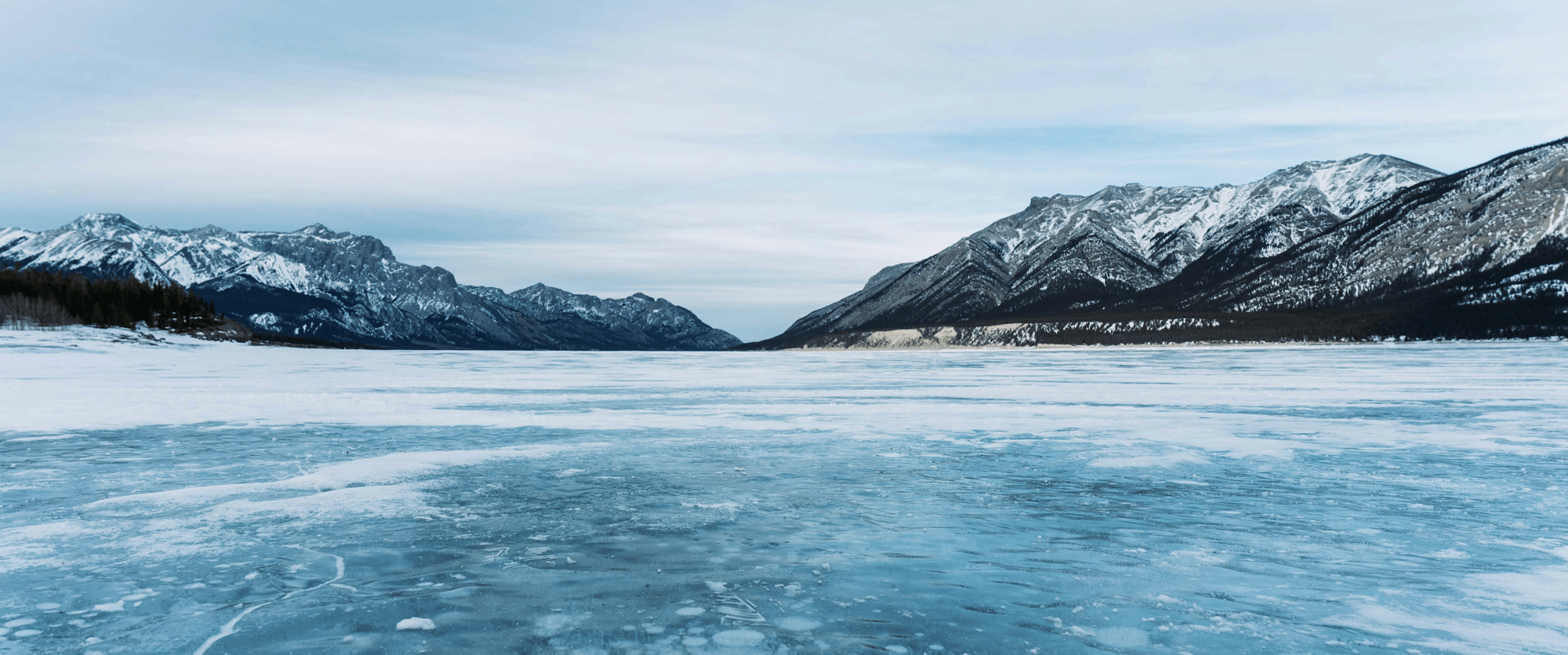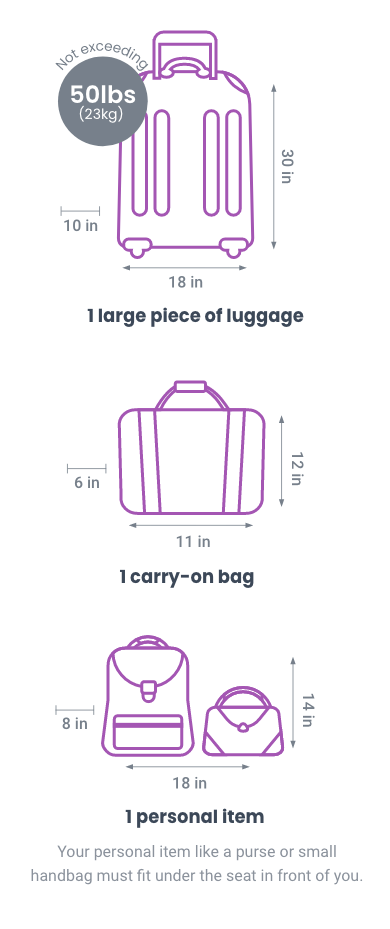About the Canadian Rockies
Overview
The rugged ice-capped peaks of the Canadian Rockies, spanning the provinces of British Columbia and Alberta, boast unlimited and varied landscapes, including alpine lakes and meadows, lush green forests, pristine waterfalls and massive glaciers. Located in the center of the Canadian Rockies is Banff National Park, Canada’s first National Park, which began as a 10 square-mile parcel in 1885 and is now 2,564 square miles of spectacular scenery and diverse wildlife.
For Shared Lodging/Hostel Itineraries, please note that this is a participatory experience where all travelers will assist in meal preparation. Guides will lead the cooking, providing clear instructions and oversight, ensuring everyone has an opportunity to learn essential cooking techniques. If you’re new to cooking in a shared, group environment, this is an excellent chance to gain confidence under expert supervision!"
National Parks: Banff, Jasper, Yoho, Kootenay and Waterton
Highest point: Mount Robson (12,972 ft)
Total Area: 75,000 sq mi (194,000 km2)
Emergency Number: 911
.jpg?height=2000&name=nick-linnen-3ISM8sUV0dI-unsplash%20(1).jpg)

Packing List
Training Ideas
If you have access to hiking trails and a schedule to accommodate it begin walking and hiking in hilly/steep terrain. Try to get out at least 3 days a week. Start with short hikes (1-hour in length) with a light daypack. From week to week build the length and difficulty of your hikes and gradually increase your pack weight until you’re comfortably able to hike 6-8 hours a day carrying the weight you’ll have on your trip (refer to your trip packet for exact pack weight). It is ideal to begin your training at least 12 weeks prior to your trip. Also, be sure to use the boots you’ll have on your trip to break them in. The following is how a moderate program may look:
- First week of training
- Tuesday: one-hour hike with a daypack
- Thursday: one-hour hike with a daypack
- Sunday: 2-hour hike with a daypack
- Two weeks before the trip
- Monday: 3.5-hour hike with a 20-pound pack
- Wednesday: 2-hour hike with a 20- pound daypack
- Thursday: 3.5-hour hike with a 20-pound pack
- Sunday: 7-hour hike with the weight you’ll have on your trip

Fun Facts
- Glacial Origins: The striking turquoise color of Lake Louise is thanks to “glacial flour” – fine sediment created as glaciers grind against bedrock. These particles remain suspended in the lake, reflecting light in blue and green hues, giving the lake its iconic color even beneath layers of winter ice.
- Ice Layers with Unique Patterns: As lakes in the area freeze, layers of ice form gradually, trapping air bubbles and creating natural artwork with intricate cracks and crystal formations. These ice layers not only add beauty but are also vital indicators of seasonal freeze-thaw patterns in the Rockies.
- Alpine Weather Phenomena: During winter, the Rockies experience “temperature inversions,” where warm air layers trap cooler air near the ground. During these inversions, temperatures flip: lowland areas often remain cold while higher mountain elevations enjoy warmer, sunnier conditions, sometimes warm enough for locals to relax in short sleeves while the valley residents bundle up against the chill.
- Subnivium Ecosystems: Under the insulating layer of snow, the subnivium zone provides a haven for small mammals like voles and mice. Here, they can move about, protected from extreme temperatures and predators, while feasting on roots and seeds in a hidden, thriving winter world.
- Temperature-Driven Freeze-Thaw Cycles: Freeze-thaw cycles in the Rockies play a crucial role in shaping the landscape over time. As water seeps into rock cracks and freezes, it expands, causing the rock to fracture. This process, known as frost wedging, contributes to the gradual breakdown of even the toughest mountain stone.
Tipping
Tipping Suggestions: Tips for Guides, drivers and restaurants are not included. Tips provide supplemental income, and, while not mandatory, are greatly appreciated. If the local teams have added to the experience, please reward them.
| Guides | USD $10-15 per person/per day | |
| Drivers | USD $3-4 per person/per day |
Your Guide will also often be your driver throughout your trip. In this case we recommend tipping the combined amount ($15-20) per person/per day.
FAQ
Will I get access to water that is safe to drink? Yes, you will have clean drinking water provided at your accommodations and at various times during the day. Please bring a water bottle that can carry 2-4 liters, or a Camelbak or similar.
Do I need a Visa? For Visa information, click here. Make sure your passport is valid for at least six months after you return home and has two or more blank pages. Otherwise, some countries may not let you enter.
Do you recommend travel insurance? While not required, we highly recommend all travelers get travel insurance for their trip to protect themselves from the unknown! Check out travel insurance options from our partner, worldnomads.com or from a provider of your choice.
How much should I pack? As we will be using shared transfers and spaces throughout our tour we recommend all travelers pack as lightly as possible. Please review our luggage restrictions below.
Will we have an experienced Guide? Your tour will be led by a trained, experienced professional with a solid guiding background, years of personal wilderness and hiking experience, medical certifications, and a passion for leading people into breathtaking landscapes.
Important note: Guides are required to take 8 hours of each 24-hour period to sleep, recuperate, take personal/downtime/ etc. In addition, as part of the 8 hours off they must sleep/rest or be in their rooms uninterrupted for a minimum of 5 hours each night. We ask guests to respect these requirements and not interrupt Guides’ time off and sleep time unless there is a true (life-threatening) emergency.
Do you provide any gear? All camping gear except for sleeping bags and pillows will be provided. Our guides carry company-issued first aid kits, satellite phones (for emergencies only) and epinephrine kits (for allergic emergencies).
What about food? We provide a diversity of foods containing the necessary nutrition for sustained energy output. Meals are made from staples that travel well - rice, pasta, lentils, beans, couscous, oatmeal, granola, etc. Meals are also supplemented with trail foods such as crackers, cheese, granola, energy bars, fresh and/or dried fruit, and energy drink mixes.
We regularly accommodate vegetarian diets and will make adjustments for food allergies. If you have any allergies or food intolerances please indicate them clearly on your traveler form.
Important note: It’s critical that you include your dietary needs in your traveler form - it’s too late once you’ve arrived
Luggage Restrictions
.jpg)

.jpg)
